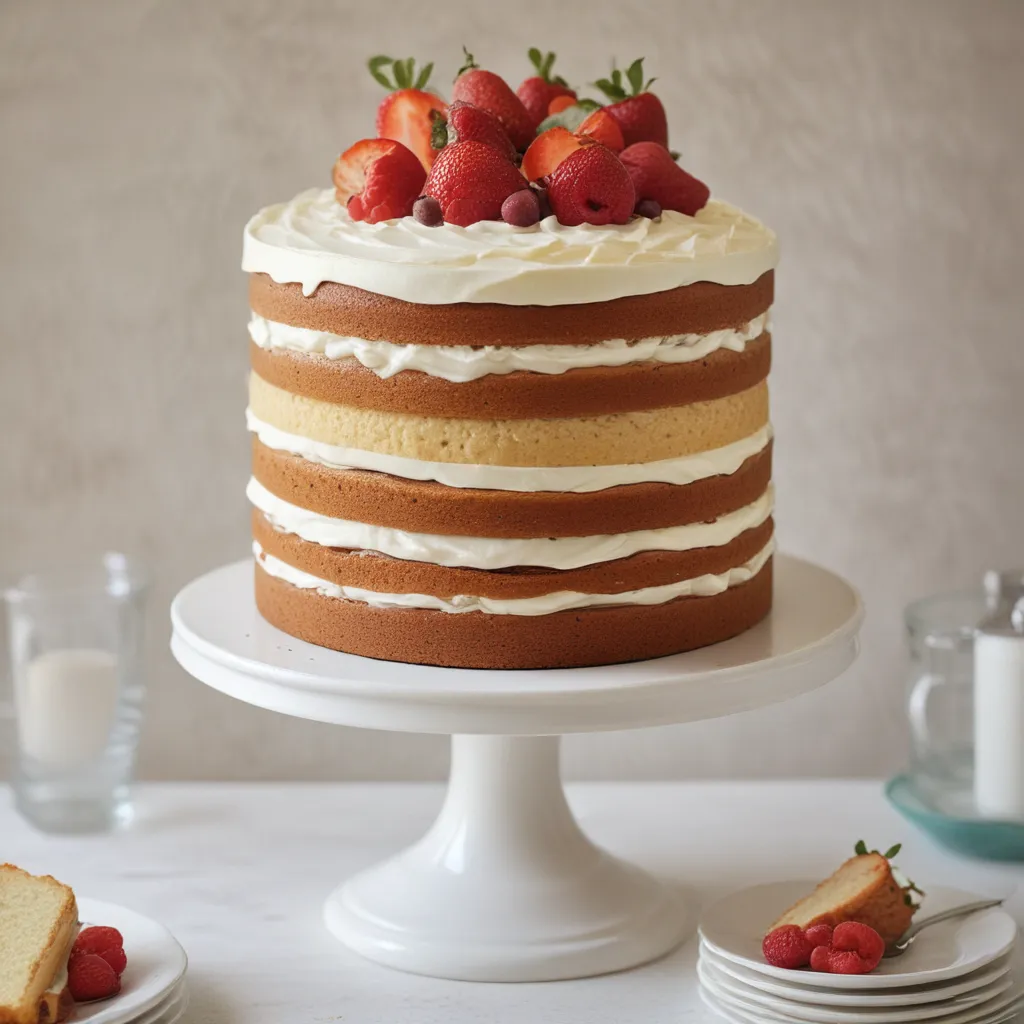Ah, marzipan – that delightful confection of ground almonds, sugar, and a touch of magic. Whether you’re a seasoned pastry chef or a passionate home baker, mastering the art of working with this versatile ingredient can seem like a daunting task. Well, fear not, my friends! I’m here to share my hard-earned tips and tricks for taming the temperamental marzipan and turning it into a culinary masterpiece.
The Humble Origins of Marzipan
Let’s start at the beginning, shall we? Marzipan has a rich history that can be traced back to the Middle Ages, when it was primarily enjoyed by the upper echelons of society. Legend has it that the recipe was first developed in a German monastery, where resourceful monks sought to create a delectable treat using the abundance of almonds grown in the region.
As the centuries passed, marzipan’s popularity spread across Europe, with each country putting its own unique spin on the classic recipe. The Italians, for instance, are renowned for their delicate, almond-based confections, while the Spanish have perfected the art of creating intricate, marzipan figurines. And let’s not forget the Brits, who have been known to adorn their beloved Christmas cakes with a generous layer of the stuff.
The Science Behind Marzipan
But what exactly is the secret to working with marzipan, you ask? Well, my friends, it all comes down to the science behind this beloved ingredient. You see, marzipan is essentially a malleable paste made up of finely ground almonds, sugar, and a bit of moisture. The key to mastering it lies in understanding the delicate balance between these three components.
Too much sugar, and your marzipan will be overly sweet and prone to cracking. Too little, and it will be dry and crumbly. And don’t even get me started on the importance of getting the moisture content just right – too much, and you’ll end up with a sticky, unworkable mess; too little, and your marzipan will be as stiff as a board.
It’s a fine line to walk, but with a bit of practice and a whole lot of patience, you’ll be shaping and sculpting marzipan like a pro in no time. And trust me, the rewards are well worth the effort – just imagine the delight on your loved ones’ faces when you present them with a beautifully crafted marzipan creation.
Mastering the Marzipan Basics
Now, let’s dive into the nitty-gritty of working with marzipan, shall we? First and foremost, it’s crucial to understand the different types of marzipan available on the market. You’ve got your traditional, almond-based variety, of course, but there are also nut-free versions made with things like cashews or hazelnuts.
Personally, I’m a purist at heart, so I always opt for the classic almond marzipan. But hey, to each their own, right? The important thing is to choose a high-quality product that suits your needs and preferences.
Once you’ve got your marzipan, the next step is to ensure that it’s properly prepared. This means kneading it thoroughly to develop the gluten, which will give your creations a lovely, smooth texture. And don’t be afraid to get a little creative with your flavors – a touch of vanilla, a hint of orange zest, or maybe even a sprinkle of cinnamon can take your marzipan to the next level.
Shaping and Sculpting Marzipan Masterpieces
Now, the real fun begins: shaping and sculpting your marzipan creations. Whether you’re crafting intricate figurines, decorative accents for your cakes, or even edible jewelry, the key is to approach each project with a steady hand and an eye for detail.
One of my favorite techniques is to use a rolling pin to create thin, even sheets of marzipan that can be used as the base for all sorts of designs. From there, you can cut out shapes, layer them, and even add texture with a variety of tools – think toothpicks, cookie cutters, and even your own fingertips.
And let’s not forget about the importance of color. Marzipan is a blank canvas just waiting to be transformed, so don’t be afraid to experiment with food coloring or even natural dyes to create stunning, one-of-a-kind pieces.
Preserving the Perfection
Of course, no discussion of marzipan would be complete without addressing the issue of preservation. After all, what’s the point of slaving away over a masterpiece if it’s just going to turn into a dry, crumbly mess a few days later?
Fear not, my friends, for I have the solution. The key to keeping your marzipan creations fresh and vibrant is all about proper storage. Always keep your marzipan in an airtight container, away from direct sunlight and extreme temperatures. And if you’re planning on using it for a special occasion, be sure to make it well in advance – marzipan actually tends to improve in flavor and texture the longer it’s aged.
Of course, if you’re like me and just can’t resist the temptation to nibble on your creations, you can always indulge in a little “quality control” along the way. After all, what’s a few missing pieces between friends?
Unleashing Your Inner Marzipan Master
So, there you have it – my top tips for mastering the art of working with marzipan. Whether you’re a seasoned pro or a complete newbie, I hope this guide has given you the confidence and know-how to tackle this delightful ingredient head-on.
Remember, the key to success is all about practice, practice, practice. Don’t be afraid to experiment, take risks, and most importantly, have fun! After all, what could be better than creating edible works of art that bring joy and delight to those you love?
And who knows, maybe one day you’ll even be able to show off your marzipan mastery at our very own Jax Cake Shop – the premier custom cake destination in San Jose. Just don’t forget to share the recipe with me, will you?
Happy marzipan-ing, my friends!





